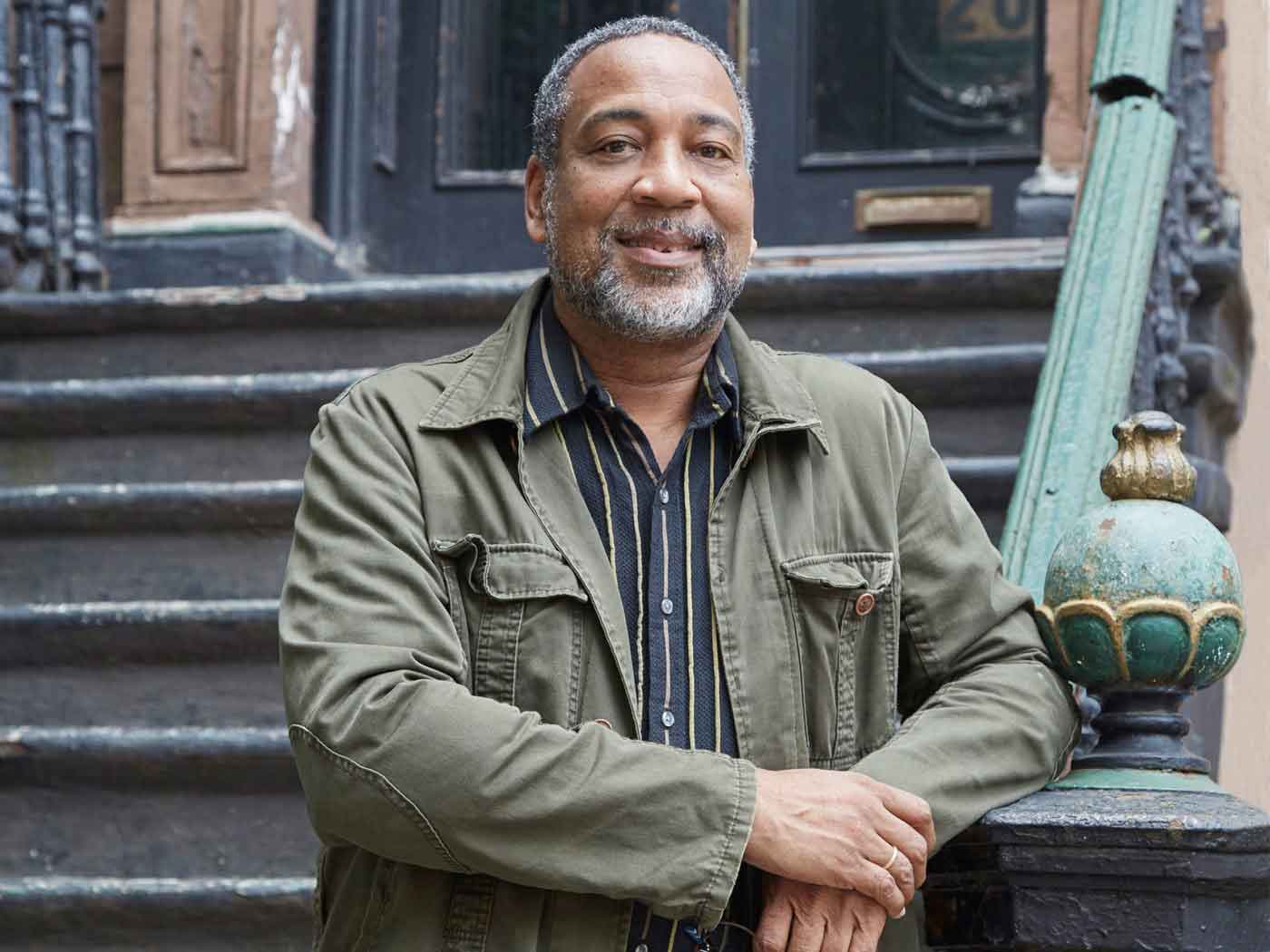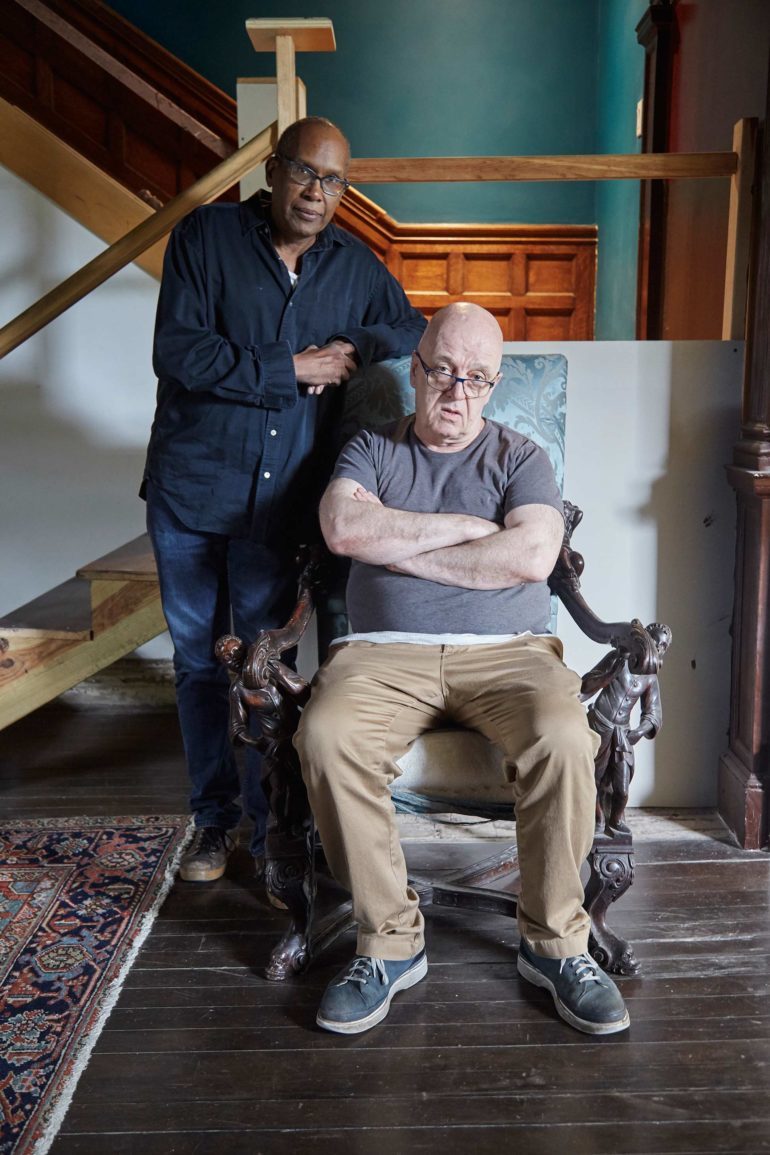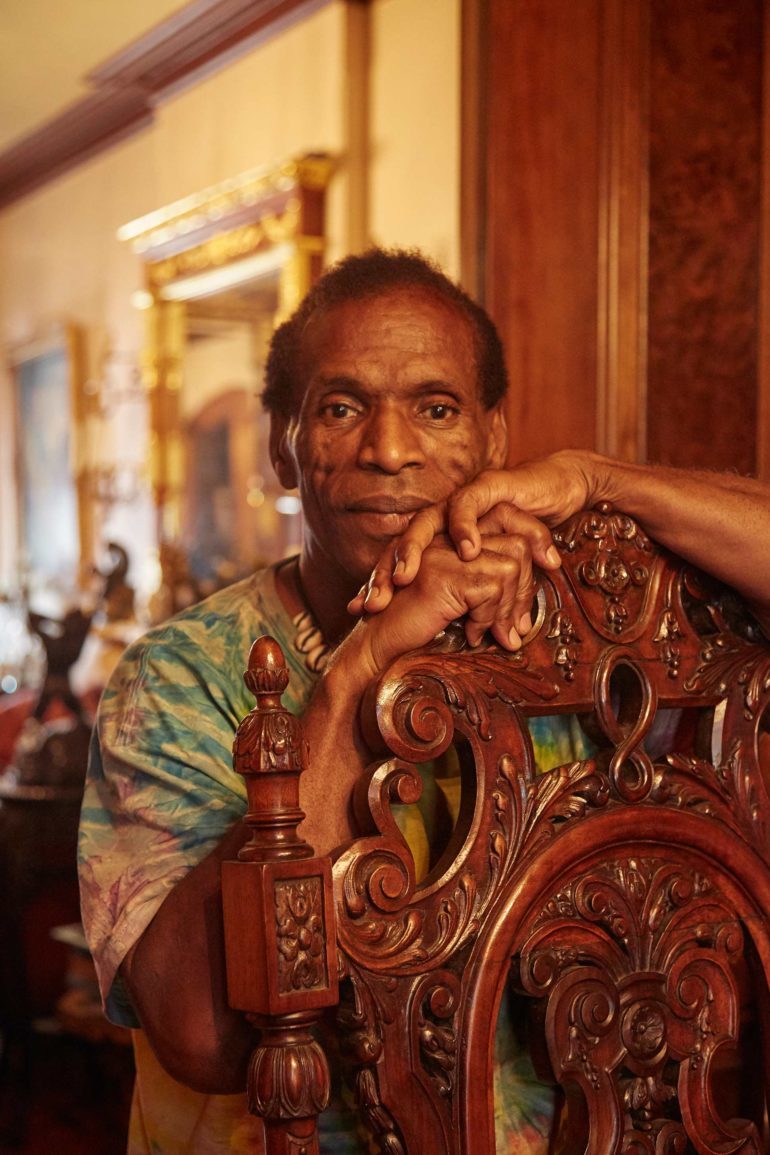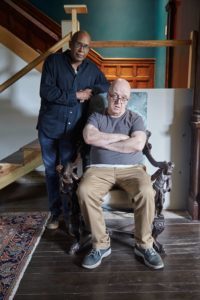“Harlem’s atmosphere quickly changes, however, as one turns from the bustle of the boulevards to the more subdued residential character of its side-street brownstone homes and smaller apartment blocks. Walking down those streets, one finds neighbours chatting on their ‘stoops’. In the heat of summer, when school is out, that same street might be animated by a locally hosted ‘block party’, with its offerings of free food, music and games for the street’s families, children and neighbours. The fortunate and observant visitor stumbling on such a block will possess a memory universal to generations of Harlem residents and a visual akin to a 1990s urban rap video.
“From the beginning, I found a very supportive and engaging LGBT community in Harlem. It was an affordable place, where artists, dancers and creative young professionals engaged socially and supportively with the community. I have neighbours and fellow churchgoers who danced with Alvin Ailey’s company or who are young artists engaged at Harlem’s Studio Museum. In just the randomness of a day I might spot any of them on the street and fall into conversation with them or casually drop in to say ‘hi’. Since my time in Harlem, the Studio Museum has had numerous LGBT artists-in-residence, including Glenn Ligon, Kehinde Wiley, Mickalene Thomas, Derrick Adams and a host of others who’ve drawn on the culture vibe of the neighbourhood and its inhabitants.
“Among the most vibrant residents is Michael Johnson: in 2011 he and his late partner Michael Roberts were one of the first same-sex couples to be legally married in New York. Every Christmas, they pulled out the silver and the crystal and regally entertained an anointed tribe of Harlem’s gay elite. This annual event was always much discussed, both by those who attended – and by those who did not. The house is chock-a-block with quirky antiques and phallic murals and is long overdue as a setting for a fashion shoot or full-out spread in a nesting magazine.
“Nearby, the poet James Fenton and his partner, writer Darryl Pinckney, right, are lovingly restoring one of the neighbourhood’s grandest houses, completed in 1890 for the John Dwight family, manufacturers of Arm & Hammer baking soda. For decades prior to its current owners, the building served as a synagogue for a sect of black Jews known as the Commandment Keepers of Harlem. In just the short time they’ve been owners, Fenton and Pinckney have been true citizens and supporters of the neighbourhood, offering their home for the area’s annual house tour and other events that promote community-based activities and institutions.
“I try to remain optimistic, but at least one person in every tour group I have still presents me with that question posed by Laurence Olivier’s character in the film Marathon Man: ‘is it safe?’
“It’s so ridiculous. I’ve never heard of a tourist being physically abused or injured. After all, we welcome visitors into what is for African Americans our most sacred space, our churches, yet that hospitality isn’t translated into our community as a whole. Through its religious and civic institutions, the Harlem community was instrumental in the formative stages of the neighbourhood’s revitalisation. It focused on affordable development to support and attract working families, improve schools and coax supportive businesses and services to the area.
“In recent years Harlem has served as a refuge for numerous Louisiana artists who fled the region after Hurricane Katrina and ended up settling here. Many New Orleans artists, such as singer and pianist Davell Crawford, have come here and several of his fellow ‘Steinway’ artists, such as composers Jason Moran and Aaron Diehl, are actively engaged in music education and performance, working with local Harlem churches and cultural institutions.
“West African emigrants as well have made homes for themselves in Harlem. Arriving about a decade ago, the African presence has enhanced Harlem’s restaurant scene with a mastery of African cuisine partnered with coffee counters brimming with exquisite French pastries. The import of unique African fabric, worn in combination with modifications of traditional African dress, has moved beyond the streets of Harlem to impact the purveyors of fashion in Soho and the pages of Vogue. I often say ‘Harlem is a brand greater than Chanel’ and I feel that the African infusion represents a return of my gene pool, come to assist in reinvigorating the Harlem brand.
“An early Harlem fashion renegade in a similar vein was designer Dapper Dan, who in the 1980s produced what he tagged as ‘knock-ups’ of Gucci’s logo and styles. His designs became must-haves as street and performance wear for the golden age of rap artists, such as Big Daddy Kane, Salt-N-Pepa and LL Cool J. Today, Dapper Dan has partnered under a licence with Gucci to create fabric and fashion for the design house and has an atelier in a landmark Harlem brownstone, from where he can often be seen stylishly strolling along Lenox Avenue, as he might the runways of Milan.
“I always encourage visitors to New York to check out Harlem. It’s a wonderful and ever-evolving
Photography courtesy of Martin Perry









